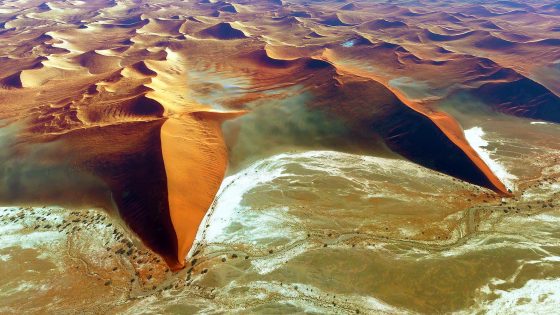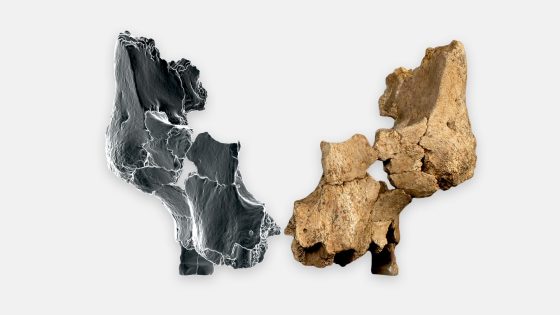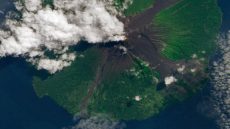Star dunes, some of the tallest sand formations on Earth, have puzzled scientists for years. These stunning pyramid-like structures, found in deserts around the world, reveal secrets about our planet’s climatic history. What makes them so unique, and why have they been hard to trace in ancient geological records? Recent research from Morocco sheds light on these fascinating formations.
- Star dunes form in multi-directional wind areas.
- Lala Lallia dune is 328 feet tall.
- Ground-penetrating radar reveals dune structure.
- Star dunes mimic other dune types geologically.
- Wind shifts shape star dunes over time.
- Research aids in understanding ancient climates.
Understanding Star Dunes: Their Formation and Importance in Modern Deserts
Have you ever wondered how star dunes form? These unique sand structures arise in areas where winds blow from multiple directions, creating their distinct star shape. The recent study of a star dune in Morocco reveals crucial insights into their formation and significance. This knowledge is essential for understanding past climates and managing resources in desert areas.
New Insights into the Formation of Star Dunes in Morocco
Recent research conducted in Morocco’s Erg Chebbi region has unveiled significant findings about star dunes. The study focused on a dune named Lala Lallia, which stands about 328 feet tall. Key discoveries include:
- Oldest layers of the dune date back around 13,000 years.
- The dune remained dormant for about 8,000 years before rapidly accumulating sand.
- Ground-penetrating radar helped reveal the internal structure of the dune.
- Recent climatic shifts influenced the dune’s growth and movement.
Why Star Dunes Are Rarely Found in the Geological Record
Star dunes have been elusive in geological studies, often leaving little trace in ancient rock layers. This research has provided a new model for geologists to identify these formations. The internal layers of star dunes can resemble those of other dune types, complicating their recognition in older rocks. By understanding their unique characteristics, scientists can better locate these hidden giants in the geological record.
The Role of Wind Patterns in Shaping Star Dunes
The formation of star dunes is heavily influenced by changing wind patterns. As the climate becomes drier, winds from various directions contribute to the dune’s star-like shape. This research suggests that dramatic environmental changes can lead to the rapid growth of these towering structures, offering valuable insights into how similar dunes might have formed in other deserts worldwide.
In conclusion, the study of star dunes not only enhances our understanding of these remarkable formations but also provides critical information about past climatic conditions. This knowledge could play a vital role in managing water resources in desert regions, making the study of star dunes relevant for both scientists and policymakers today.
































